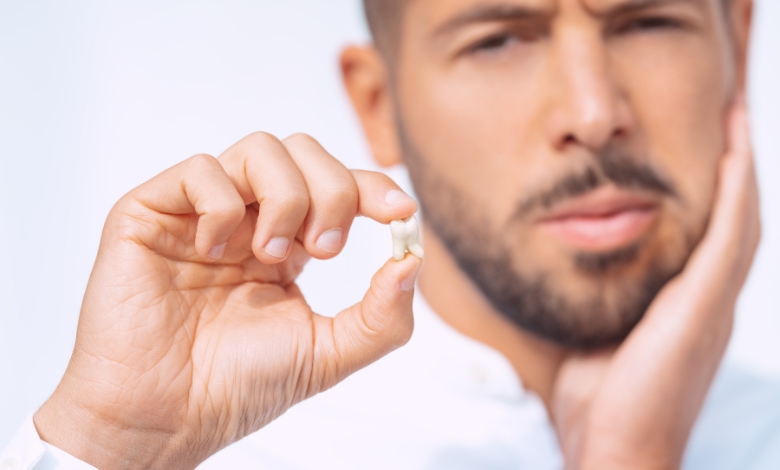Is CPAP rainout harmful? Learn how to avoid CPAP rainout, prevent infection, and sleep more comfortably with expert tips and solutions.
Imagine this: You’ve finally gotten used to your CPAP machine. You’re used to the mask, the steady whoosh of air, and the promise of a good night’s sleep. Then, drip, drip, you’re jolted awake by water dripping on your face. Your mask is damp, your tubing is full of condensation, and your peaceful night is suddenly shattered. Frustrating, isn’t it?
This is CPAP rainout, and if you’ve noticed it, you might be wondering: Is CPAP rainout dangerous?
The short answer? Not life-threatening but highly disruptive. CPAP rainout can lead to discomfort, disrupted sleep, and even bacterial growth in your tubing if not addressed. More importantly, if it leads you to stop using your CPAP machine, it can have an indirect impact on your health by worsening sleep apnea symptoms. And just like how CPAP rainout can disrupt sleep, poor sleep can impact your overall focus during the day, even affecting digital workplace productivity if left unaddressed.
In this dive, we’ll discuss what CPAP rainout is, why it happens, and, most importantly, how to effectively prevent CPAP rainout so you can get back to sleeping well.
Article Breakdown
What Is CPAP Rainout?
CPAP rainout happens when the air from your CPAP machine, which has been humidified, is cooled inside the tubing, and the water vapor in the air turns into liquid water droplets. The droplets can develop and, eventually, fall into your mask, leading to that annoying, wet feeling on the face.
Why Does CPAP Rainout Happen?
CPAP rainout occurs due to various reasons, such as:
- Temperature Differences: If your bedroom is significantly cooler than the air that is released from your CPAP device, condensation will take place inside the tubing.
- High Humidity Environments: The environment of high humidity means that the air contains higher moisture content, which is conducive to the occurrence of rainout.
- Tubing Positioning: Water may collect when your CPAP hose is dangling and then run into your mask in a single gush.
- No Heated Tubing: The tubing that comes standard is not heated and therefore is more susceptible to condensation.
Is CPAP Rainout Dangerous?
Though CPAP rainout itself is not harmful, it can lead to several problems that impact your health and sleep quality:
1. Sleep Disturbances
The sudden sensation of water on your face can wake you up multiple times during the night. As time goes on, it can make your sleep fragmented, leaving you tired in the daytime, even if you did technically get enough hours of sleep in bed.
2. Reduced CPAP Compliance
Excessive rainout might lead you to want to give up on your CPAP machine altogether. But sleep apnea, if left untreated, can lead to serious medical issues like high blood pressure, heart disease, and daytime fatigue.
3. Risk of Infections
This is where things can get somewhat disturbing. Water that accumulates in your CPAP tubing and is not cleaned properly is a breeding ground for bacteria and mold. When you breathe in the microbes, they can lead to respiratory irritation, sinus infection, or even lung infection.
So, while CPAP rainout itself isn’t harmful, it’s definitely something you’ll want to avoid.
How to Prevent CPAP Rainout: Practical Solutions
The good news? You don’t need to endure CPAP rainout. There are several effective solutions for preventing it, most of which are simple changes you can begin making today!
1. Adjust Your Humidifier Settings
One of the easiest fixes is to lower the humidity setting of your CPAP machine. If you are on a high setting, try to gradually lower it until you are at a comfortable setting and have less condensation.
2. Utilize a Heated CPAP Hose
A heated hose maintains a constant air temperature throughout the tubing and does not allow condensation to occur. Climate control features are available on most new CPAP machines, which automatically regulate the temperature to avoid rainout.
Personal Hint: I had rainout almost every night when I first started with CPAP. Switching to a heated hose was a blessing! It stopped the problem completely and made my therapy much more comfortable.
3. Keep Your Room Temperature
If your bedroom is considerably colder than your CPAP air, warm the bedroom a bit. This will keep your bedroom air and CPAP air closer to one another in temperature and reduce condensation.
4. Keep Your CPAP Hose in Proper Position
Do not let your tubing hang below head level. Instead:
- Route the hose along the headboard top of your bed or hang it using a CPAP hose hanger.
- Put the machine slightly below the level of your head so that any condensation will go back to the humidifier and not to your mask.
5. Utilize a CPAP Hose Cover
Insulated hose covers control temperature and reduce rainout. You can buy a hose cover specifically made for CPAP or wrap your tubing in a soft cloth sleeve.
6. Regularly Clean Your CPAP Equipment
Since rainout may promote bacterial growth, it is a good practice to wash your CPAP tubing, mask, and humidifier chamber regularly.
Daily: Empty and rinse the humidifier chamber.
Weekly: Wash tubing, mask, and headgear in warm water and mild soap.
Monthly: Replace disposable filters and inspect your equipment for wear and tear.
When to Seek Assistance for CPAP Rainout Issues
If you’ve tried these and still experience persistent rainout, it’s probably time to:
- Consult with your doctor or sleep specialist about the adjustment of CPAP settings.
- Check if your CPAP machine has an auto climate control feature (most newer machines do).
- Attempt to switch to a different kind of mask, on occasion, a different fit will reduce the quantity of condensation.
FAQs
1. Can CPAP rainout lead to infection?
In fact, CPAP rainout can also develop bacteria and mold if water collects in the tubing and is not cleaned on a weekly basis. Inhaling contaminated air can lead to respiratory irritation, sinus infection, or even lung infection. To prevent this, clean your CPAP equipment weekly with warm water and a mild soap, and let it air-dry completely before using.
2. Why is CPAP rainout more common during winter?
CPAP rainout is more likely to occur in winter because there is a larger temperature difference between the warm humidified air in the tubing and the cooler bedroom air, which encourages condensation. To reduce rainout during winter, try using a heated CPAP hose, lowering your humidifier settings, or warming your bedroom slightly.
3. Does a heated CPAP hose completely eliminate rainout?
A heated CPAP hose essentially eliminates rainout because it keeps the tubing temperature consistent, so condensation will not occur. In extremely cold temperatures or extremely high humidity, however, some condensation may still appear. Using a heated hose in combination with good tube positioning and hose insulation can still reduce rainout.
4. Should I lower my CPAP humidity setting to avoid rainout?
Lowering the humidity setting can reduce rainout, but if you lower it too much, it can lead to dryness in the nose and throat. Instead of lowering it dramatically, try reducing it incrementally and also warm your hose or insulate your tubing. The ideal balance between both temperature and humidity is what’s optimal for comfort and effective CPAP therapy.
Final Thoughts: Don’t Let CPAP Rainout Interfere With Your Sleep
So, then, is CPAP rainout dangerous? Not really, but it can make your sleep therapy uncomfortable, disrupt your sleep, and even lead to some hygiene problems if not cleaned properly.
The moral of the story? You don’t have to put up with it! By making some minor adjustments to your settings, using a heated hose, and taking some preventive measures, you can eliminate rainout and sleep comfortably once again.
If you’ve experienced CPAP rainout in the past, I’d love to hear from you! What was your solution? Share a comment below and let us know your secrets. Sweet dreams and happy breathing!
Additional Resources
Want to dive deeper into CPAP therapy and sleep apnea management? Here are some helpful resources:
- American Sleep Apnea Association: Comprehensive information on CPAP therapy and sleep apnea.
- National Sleep Foundation: Tips on improving sleep quality.
- CPAP.com Blog: Guides on CPAP machine settings, troubleshooting, and product reviews.
- Mayo Clinic – Sleep Apnea: Medical insights into sleep apnea and treatments.



